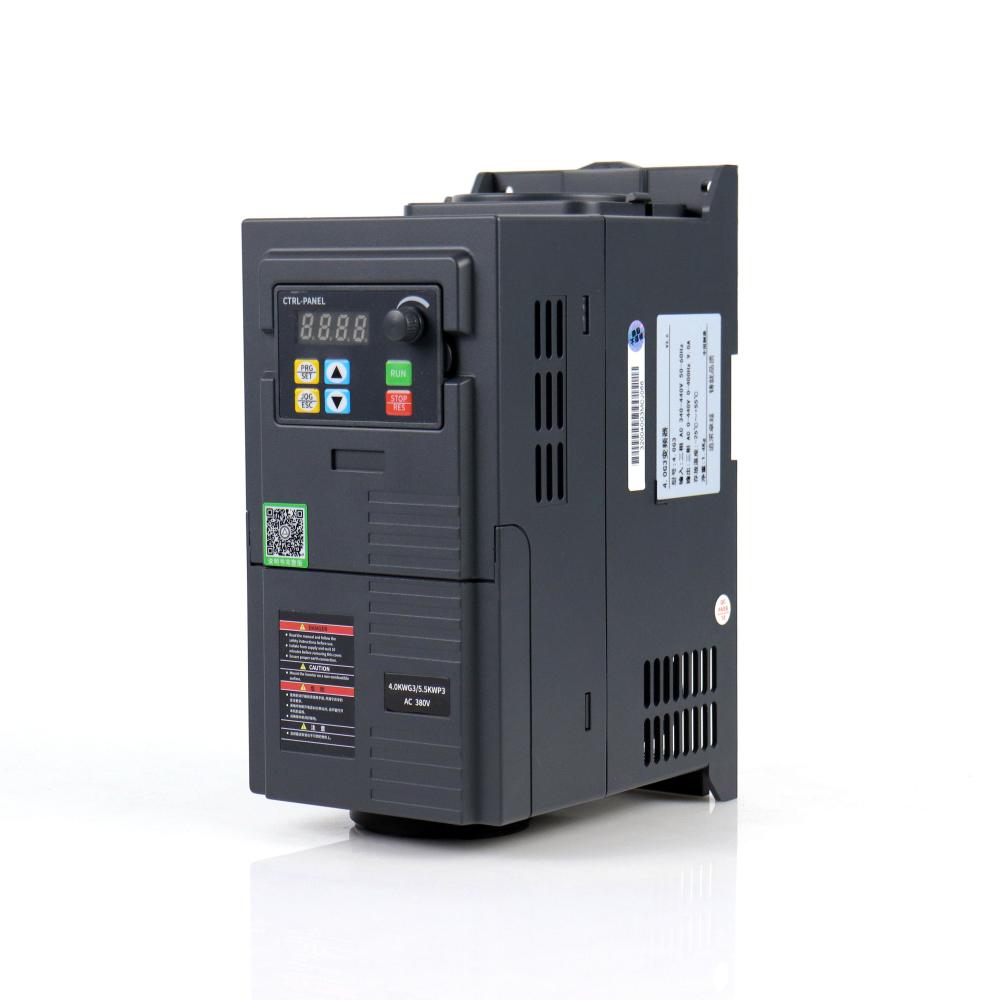In a PLC system, the program blocks—whether data blocks or system blocks—are written into the CPU using a programmer. This process is known as "download." Conversely, when the program stored in the PLC's CPU is transferred back to the programmer, it is referred to as "upload."
Before initiating a download, you need to connect the PC/PPI cable according to the specifications, configure the communication settings, and ensure that the PLC is in the "STOP" mode. Then, click the "Download" button on the toolbar (refer to Figure 12-3.3) or go to the main menu and select "File" > "Download..." to start the transfer. Click "OK" to confirm and proceed.
When executing the download command for the first time, the options for "Program Block," "Data Block," and "CPU Configuration (System Block)" are automatically selected. If you don't need to download a specific block type, simply uncheck the corresponding box.
After a successful download, if you want the PLC to run the program, switch the PLC from "STOP" mode to "RUN" mode. For PLCs already in operation, you can use the "Upload" button or choose "File" > "Upload..." from the main menu to copy the required blocks (program blocks, data blocks, or system blocks) from the PLC to the programmer.
It's important to always double-check your connections and settings before starting any download or upload process to avoid errors. Additionally, make sure the PLC is in the correct mode and that all necessary parameters are properly configured. These steps help ensure a smooth and error-free programming experience.
A fan VFD, or variable frequency drive, is a specialized device utilized for controlling and regulating the speed of fan motors. By adjusting the frequency and voltage of the power supplied to the motor, the VFD enables precise control over the rotational speed of the fan. This functionality allows for efficient fan operation, improved energy savings, and enhanced performance in applications such as HVAC systems and industrial fans.
The primary benefit of a fan VFD is its ability to achieve energy efficiency. Traditional methods of controlling fan speed, such as using dampers or throttling valves, are not as efficient as a VFD. With a VFD, the fan motor operates at the optimal speed required by the system, resulting in significant energy savings. By reducing the speed of the fan when the demand is low, the VFD ensures that energy is not wasted, leading to reduced electricity consumption and lower operating costs.
Precise motor speed regulation is another advantage provided by fan VFDs. By controlling the frequency and voltage of the AC power supplied to the motor, the VFD allows for fine-tuning of the fan speed. This flexibility is beneficial in applications where varying airflow rates are required, such as in HVAC systems. The VFD enables precise adjustment of the fan speed to match the specific cooling or ventilation needs, providing optimal comfort and efficient operation.
Fan VFDs also play a crucial role in motor protection. They incorporate built-in features such as overload protection, short circuit detection, and thermal protection, which help safeguard the motor against damage due to excessive current, voltage fluctuations, or overheating. This ensures reliable motor operation, prolongs the motor's lifespan, and reduces the risk of unexpected failures.
The applications of fan VFDs are diverse, ranging from commercial and residential HVAC systems to industrial fan installations. They are employed in various settings, including office buildings, manufacturing facilities, data centers, and ventilation systems. In each application, fan VFDs offer precise control, energy efficiency, and motor protection, contributing to improved performance, reduced energy consumption, and enhanced overall system reliability.
In conclusion, fan VFDs are essential devices for controlling and regulating the speed of fan motors. With their ability to achieve energy efficiency, precise motor speed regulation, and motor protection, fan VFDs enhance the performance of HVAC systems and industrial fans, resulting in improved energy savings, optimized airflow, and reliable operation.
Fan Vfd,Abb Variable Frequency Drive,Single Phase Variable Frequency Drive,1 Phase Variable Frequency Drive WuXi Spread Electrical Co.,LTD , https://www.vfdspread.com
